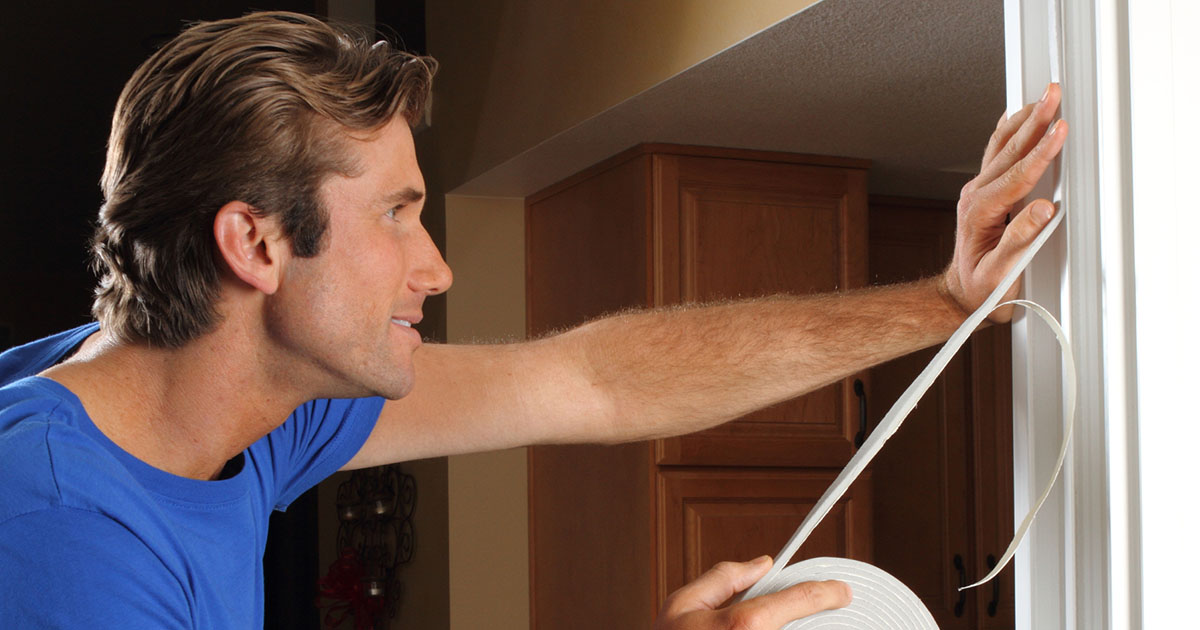Tips for Winterizing Your Home

Like it or not, winter is here! Use these simple and inexpensive tips to stay warm, lower your utility bill, and decrease your carbon footprint.
Why winterizing your home is important
Canadians feel the effects of winter not only in the drop in temperatures, but also in their increased utility bills. For every 10 degrees Celsius that the temperature drops below zero, the average home uses 40% more natural gas and 8% more electricity. Not only does this mean higher bills, but also more carbon emissions.
How to winterize your home
Keeping the cold out and the warm air in is easy with these energy efficiency tips.
Change your furnace filters
When your furnace filter gets clogged with dirt, it reduces the efficiency of your furnace because it has to work harder. Replace furnace filters every 3 months when the furnace is being used. This will also improve the air quality in your home. You may be able to buy a washable filter, which is more effective and reduces waste.
Let the sun in
Keep your blinds open in sunny areas of your home during the day. This will let the sun heat your home instead of just your furnace. Remember to close your blinds at night to stop heat from escaping. If you live in Calgary, this tip is for you; Calgary is Canada's sunniest major city!
Set your thermostat lower
Even a difference of 2 degrees Celsius can make a difference in your heating bill. About 63% of your utility bill is for heating your home. By turning your thermostat down by one degree, you can save about 1.5-5% on your heating bill. You will save a little money and might sleep better because sleep quality improves when the temperature is lower. A programmable thermostat is an easy way to turn the heat down when you are asleep or not at home.
Keep out drafts
Your home will eventually develop gaps that let hot air out. Seal obvious ones like around windows and add weather-stripping around exterior doors to save up to 30% on your heating bill. You can also add gaskets to electrical outlets, seal dryer and fan vents, and stop chimney drafts. Pay extra attention to your basement and roof because that is where the most heat escapes. Seal windows, chimneys, and doors in those areas first. Test for drafts with incense. See where the smoke wavers to find where drafts are coming in.
Reverse your ceiling fans
When ceiling fans turn clockwise, they push warm air back down. See if your ceiling fan has a reverse mode so it can circulate warm air around your home.
Insulate windows
Stop heat from escaping through your windows by hanging heavy curtains or using insulation film. Insulation film is available at hardware stores and is easy to apply.



